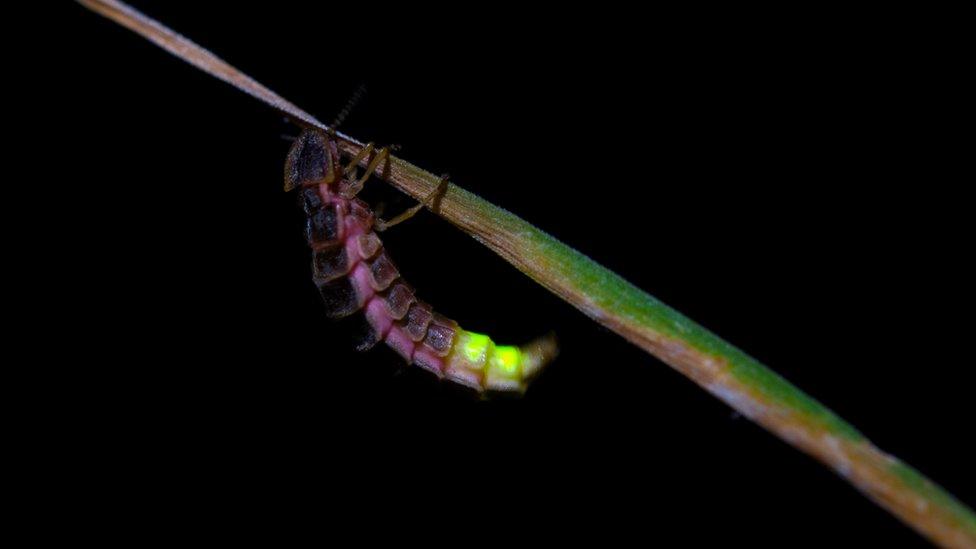Spectators head out for glow-worm breeding season
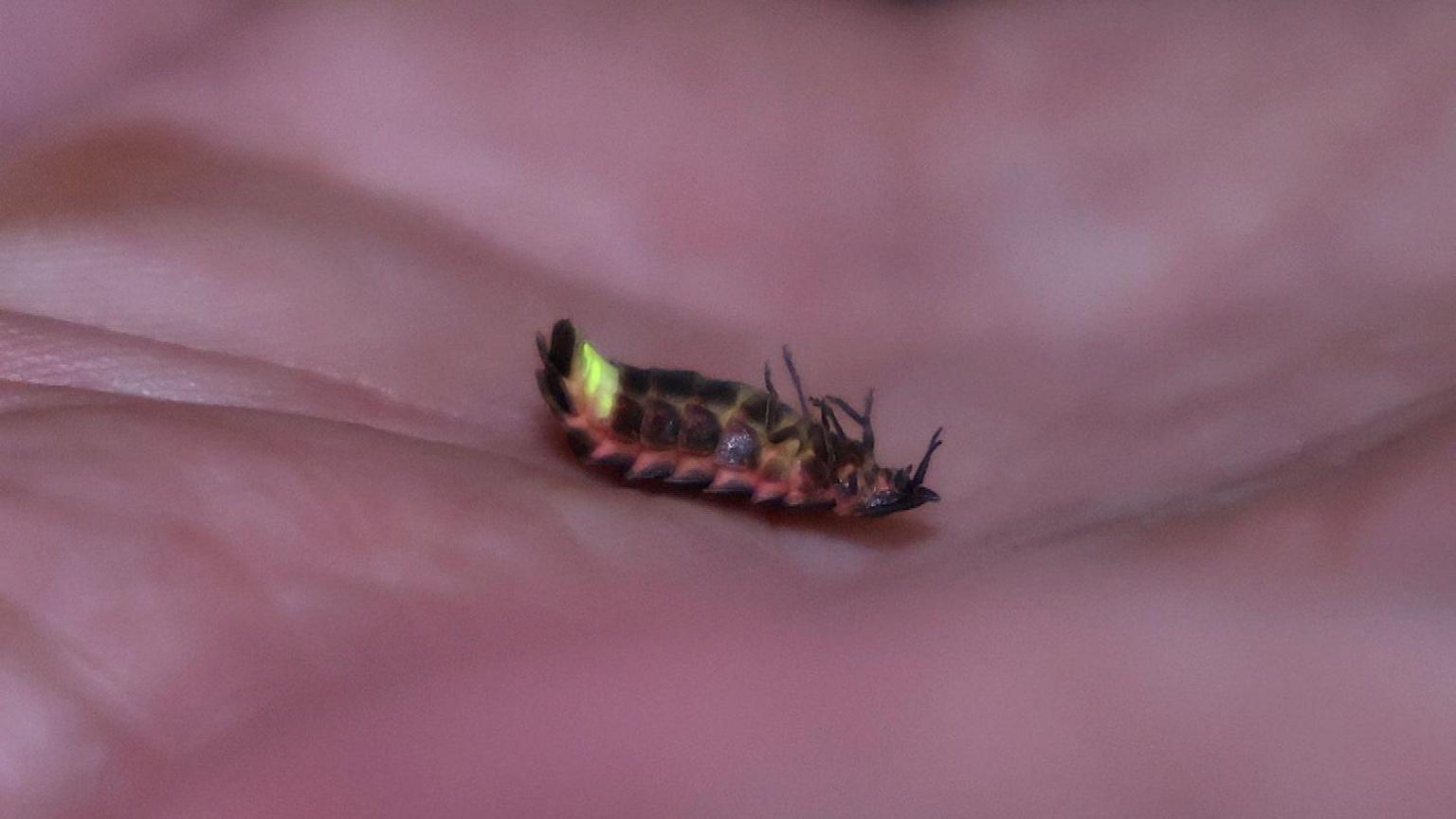
Some people pay to witness glow-worms' breeding season in June and July.
- Published
It’s late at night on the South Downs as a group of ardent wildlife spotters gather round a pair of glow-worms appearing to copulate.
While the insect is declining in many parts of the UK, the healthy population of glow-worms at the Sussex beauty spot is drawing in spectators.
Watched by a small crowd, the insects don’t seem to be put off by the lack of privacy.
“I’m starting to blush”, says Prof Alan Stewart, an ecologist at the University of Sussex, who is holding the tiny wriggling creatures in his palm.
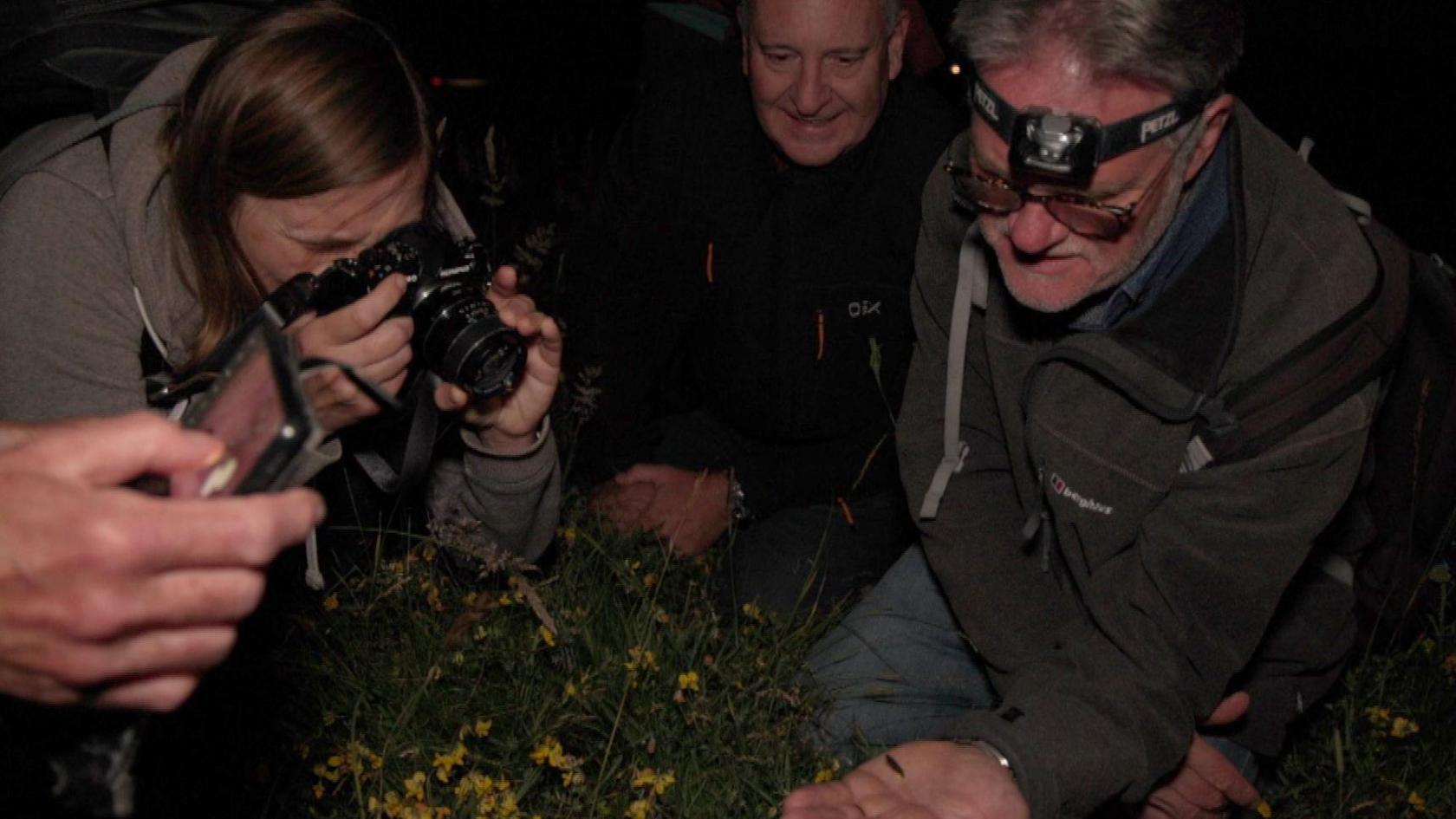
Prof Stewart (right) is counting the glow worm population on the South Downs
The flightless female glow-worm uses a green light at the end of her abdomen - which glows due to a chemical reaction called bioluminescence - to attract a winged male suitor.
Some people pay to witness this special sight during glow worms' breeding season in June and July.

The insects are declining due to a host of factors, from habitat loss to light pollution
Others attend free guided walks, like this one, which is organised by the Benfield Wildlife and Conservation Group near Hove.
Christina came with her partner Matt after seeing the event advertised on social media. They had never seen a glow worm before.
“It’s a strange thing to be doing in the middle of the night but it’s very cool to see them," she says.
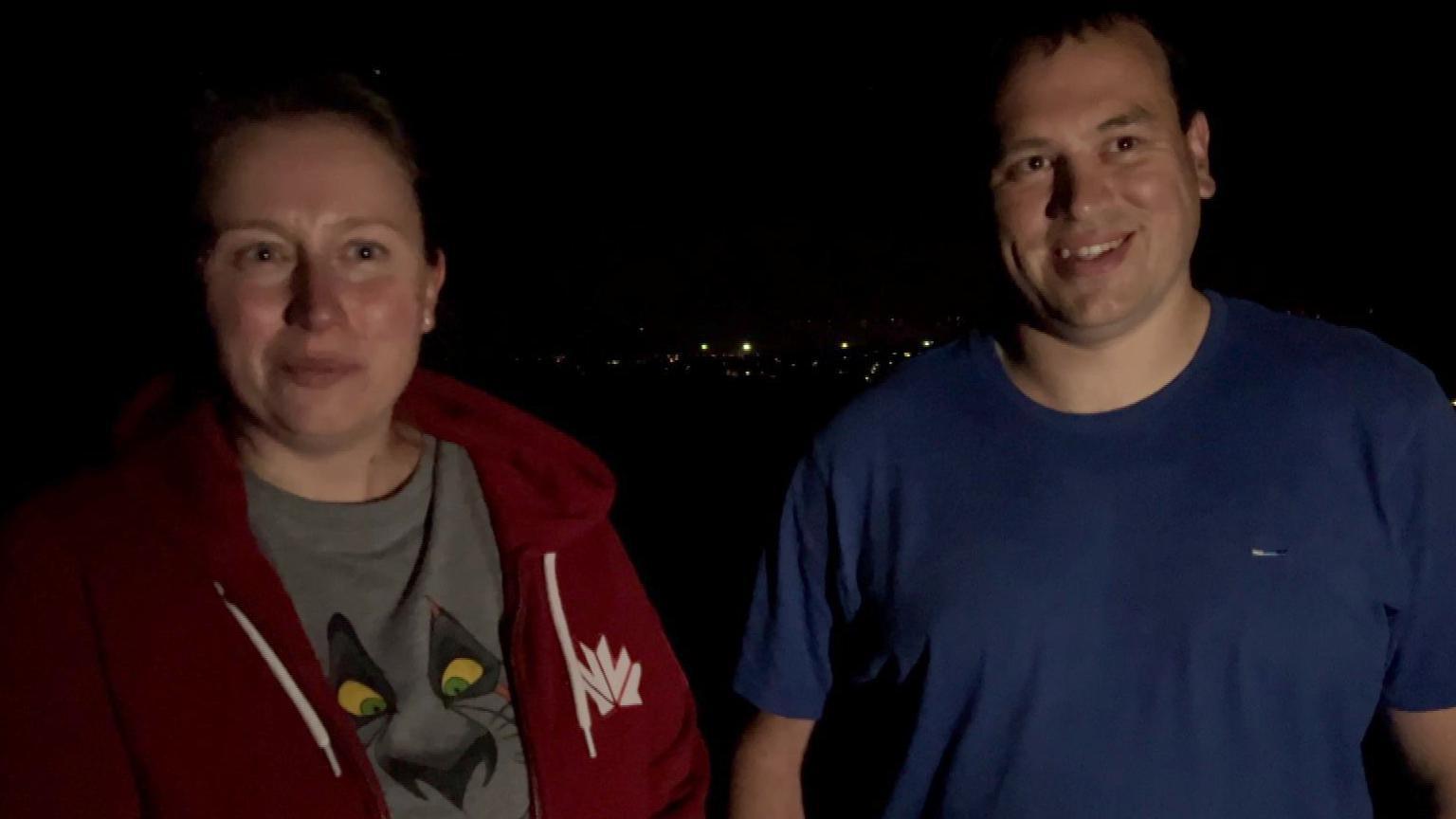
Christina and Matt had never seen a glow worm before
Clive Bean is more of a glow-worm veteran and is known within the group as a skilled wildlife spotter.
“If you get a lot of them it’s like looking at a starry night but on the ground”, he says.
Tonight, with the constant roar of traffic from the A27 in the background, the group find a handful of glowing females among the chalk grassland of the reserve and an abundance of males.
Prof Stewart is counting the population using simple traps fashioned from plastic drinks bottles that work like lobster pots.
To attract the males he uses green LEDs to imitate the glow of a real female.
He says he marks the insects with tiny dots of paint which doesn’t harm them, before releasing them and seeing how many can be caught again one or two nights later.
“That gives us a very accurate estimate of the population size,” he says.
Sally Wadsworth, chair of Benfield Wildlife and Conversation Group, says the Benfield Hill nature reserve has a healthy population of glow worms.
“They’re really, really special and we want to look after them”, she says.
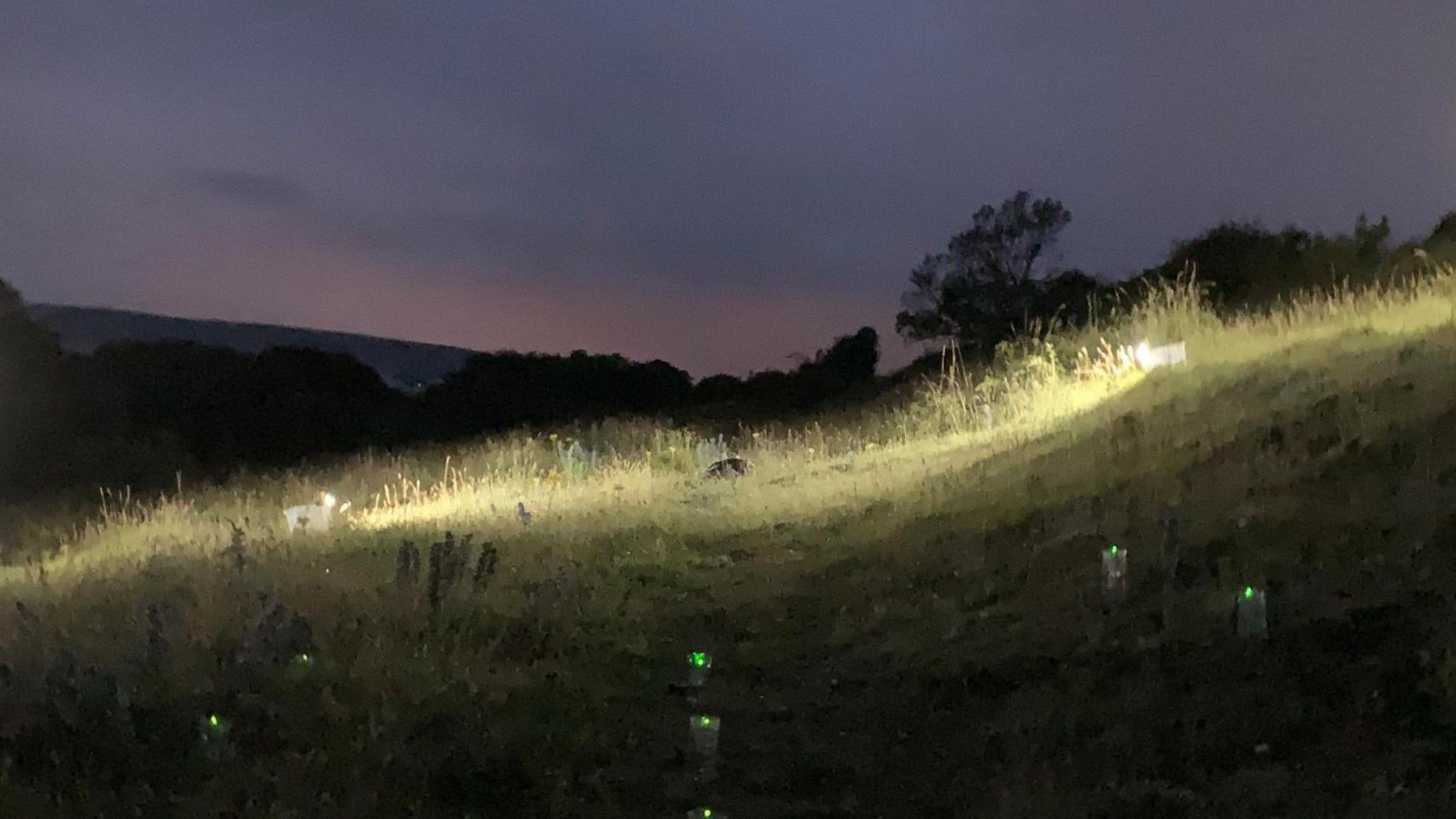
University of Sussex students are using a light barrier to gauge the impact of light pollution
Elsewhere, the insects are declining due to a host of factors, from habitat loss to light pollution.
Experts believe artificial lighting is distracting the males so they miss out on a chance to mate.
As part of ongoing research, the University of Sussex students are carrying out field experiments on Mount Caburn near Lewes, to gauge the impact of light pollution.
“They are a bit of a sentinel for what’s going on in the countryside," says Prof Stewart.
"Because the females don’t have wings, they’re effectively sedentary so they’re very much dependant on the conditions where they are. So if the conditions deteriorate or even if the habitat is destroyed then obviously they’re in deep trouble.”
Follow BBC Sussex on Facebook, external, on X, external, and on Instagram, external. Send your story ideas to southeasttoday@bbc.co.uk, external or WhatsApp us on 08081 002250.
Related topics
- Published28 October 2023
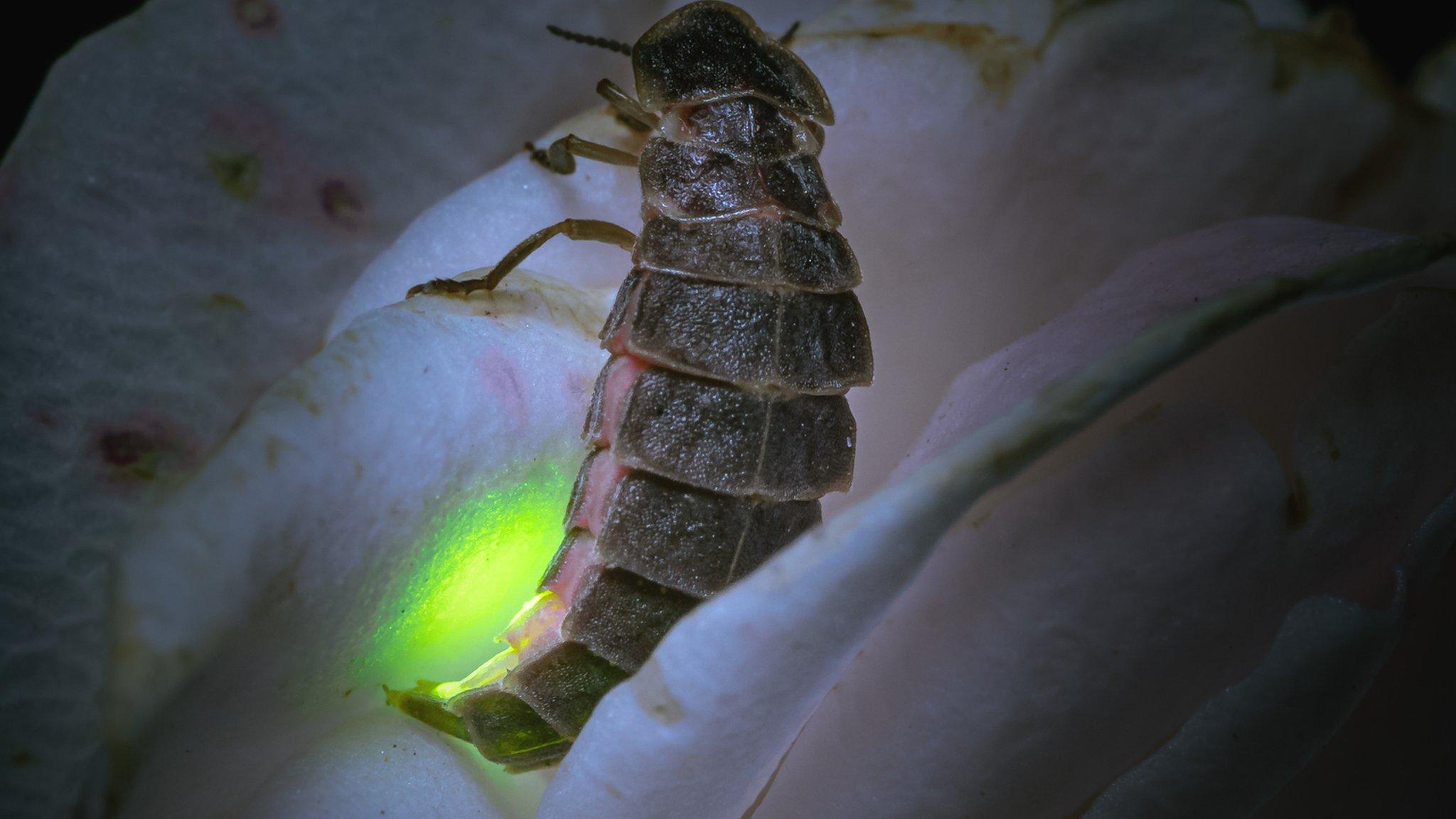
- Published13 June 2023
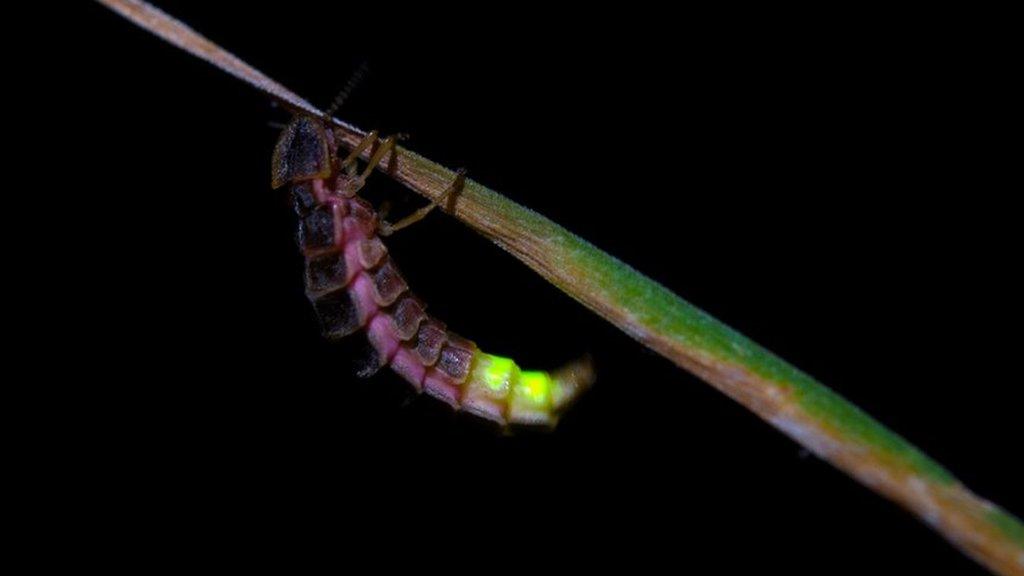
- Published27 July 2023
